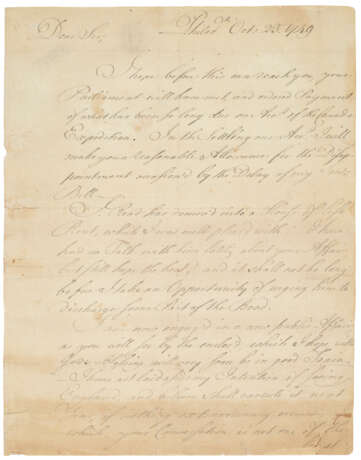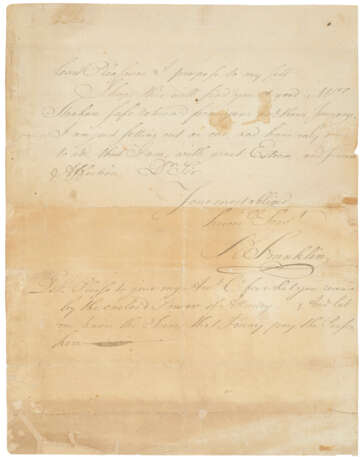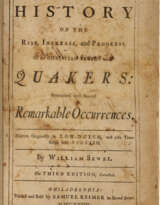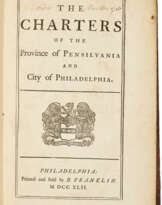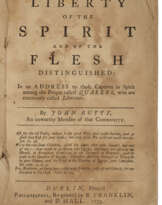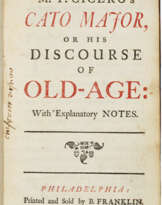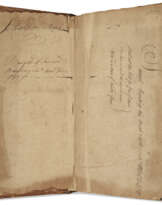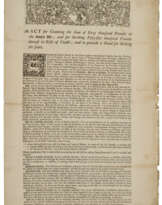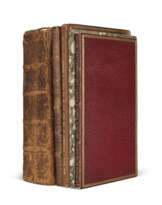ID 1362264
Lot 634 | Establishing what would become the University of Pennsylvania
Estimate value
$ 15 000 – 25 000
Benjamin Franklin, 23 October 1749
FRANKLIN, Benjamin (1706-1790). Autograph letter signed ("B Franklin") to William Strahan, Philadelphia, 23 October 1749.
One page, 244 x 190mm (silked, small marginal losses infilled and weak folds reinforced with paper, uneven toning and some dustsoiling).Quarter blue morocco slipcase and blue cloth chemise.
Informing William Strahan of his "new public affair," which according to the Papers of Benjamin Franklin attribute to his founding of what would become the University of Pennsylvania. Franklin opens his letter to Strahan offering his hopes that he can recoup payment for his son William's military service in Albany during King George's War. After offering several other financial affairs, Franklin announces that he was "now engaged in a new public affair, as you will see by he enclosed [not present], which I hope, with God’s blessing, will very soon be in good train." The Papers of Benjamin Franklin suggest that the enclosure was most likley Franklin's Proposals Relating to the Education of Youth in Pensilvania (Vol 3, p. 397). Franklin had first thought of establishing an academy as early as 1743, but when King George's war erupted the following years, he laid aside his plans temporarily. The board of trustees of the Academy of Philadelphia first met in November where they decided to purchase a building erected initially for the use of George Whitfield's popular sermons in 1740. In 1753 a charity school was added, and in 1755, the College of Philadelphia was chartered, with all three institutions governed by the same board of trustees. In 1791 the state legislature granted a new charter to the institution, formally naming it the University of Pennsylvania. Published in the Papers of Benjamin Franklin, 3:397, but lists the "MS" as "not found, repritned from Bigelow, Works, X, 253-4" Provenance: Gerald E. Hart (sale, Bang's, New York, 27 February 1895, lot 58) – A. T. White or Adrien Van Sinderen – by descent to the consignor.
| Artist: | Benjamin Franklin (1706 - 1790) |
|---|---|
| Category: | Services |
| Auction house category: | Letters, documents and manuscripts, Books and manuscripts |
| Artist: | Benjamin Franklin (1706 - 1790) |
|---|---|
| Category: | Services |
| Auction house category: | Letters, documents and manuscripts, Books and manuscripts |
| Address of auction |
CHRISTIE'S 20 Rockefeller Plaza 10020 New York USA | ||||||||||||||
|---|---|---|---|---|---|---|---|---|---|---|---|---|---|---|---|
| Preview |
| ||||||||||||||
| Phone | +1 212 636 2000 | ||||||||||||||
| Fax | +1 212 636 4930 | ||||||||||||||
| Conditions of purchase | Conditions of purchase | ||||||||||||||
| Shipping |
Postal service Courier service pickup by yourself | ||||||||||||||
| Payment methods |
Wire Transfer | ||||||||||||||
| Business hours | Business hours
|
